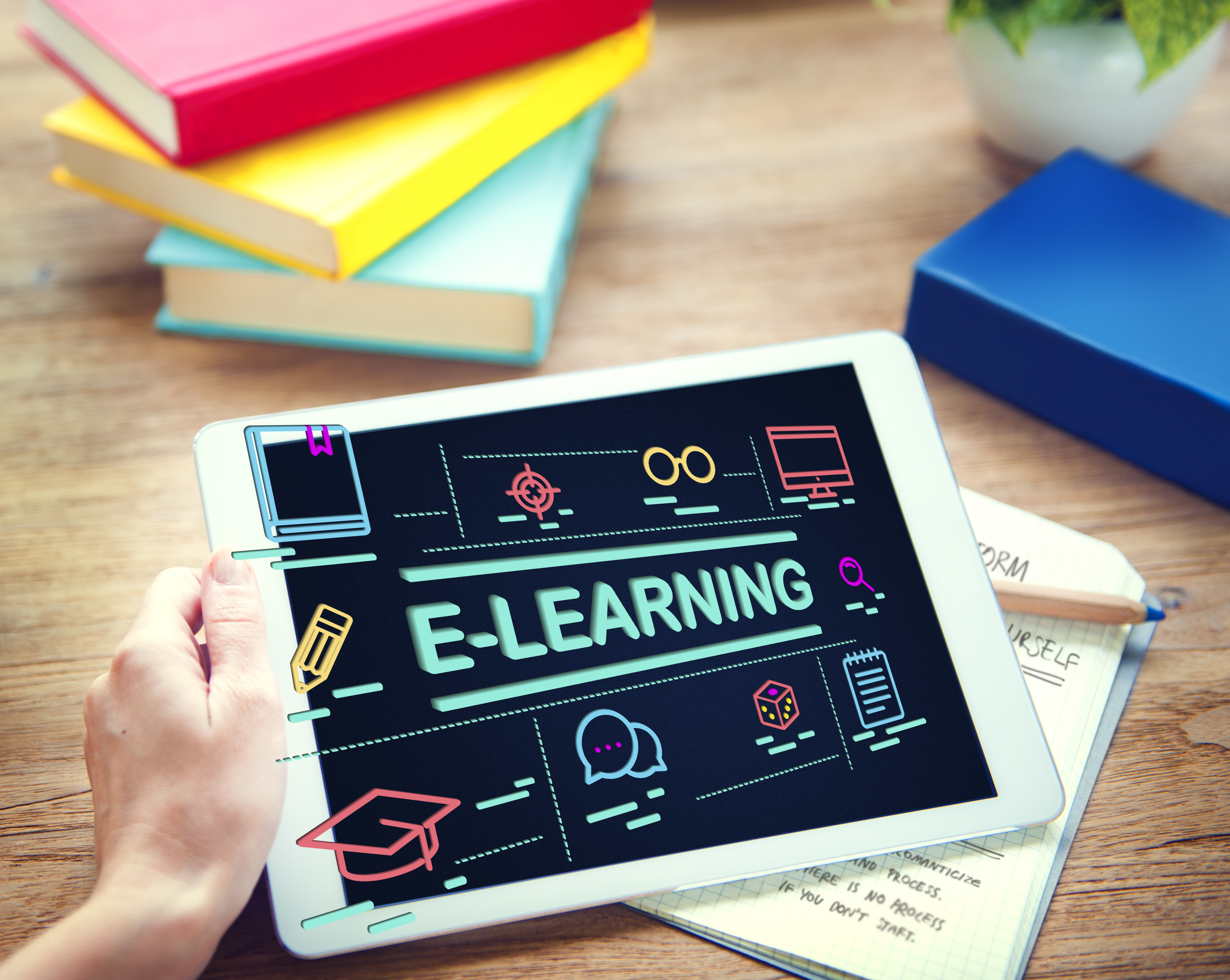How Interactive Elements in Elearning Content Can Enhance Learning?
November 20, 2023
Imagine you're playing the game say a treasure hunt -- wouldn't it be it's fun, exciting, and thrilling, obviously yes?
That's exactly how learning becomes when we add a sprinkle of interactivity is added to it.
So, let's take a quick dive into the wonderful world where interactive elements are mixed with knowledge absorption.
Yes, this happens in eLearning solutions (fun in the form of interaction mixed with learning) -- sounds exciting, doesn't it?
To simplify how everything happens: Let's think about a simple toy first -- more like a puzzle by nature.
This piece of puzzle toy can keep a child hooked for hours as it interests the child's fascination.
In other words: the child becomes more engaged, motivated, and eager when he starts to solve the puzzle.
Along the same lines, interactive content which is utilized in eLearning solutions, makes use of interactive elements like quizzes, games, or simulations -- acting like that intriguing puzzle we mentioned before.
These engaging elements make learning enjoyable, as children get hands-on experience -- and most importantly, it's fun!
With each correct answer, the children get a feeling that they have accomplished something; urging them to learn more -- amazing, isn't it?
Catering Interactive Elements To Different Types of Learners
It is a known fact that every child has his own learning style. To elaborately put, some of the children are visual learners who prefer to learn by seeing things around them while some are auditory learners who learn by listening to things that are going on around them carefully. There is one more type of learner -- that is the kinesthetic learner, and this type of learner favors learning by working on something.
And guess what, eLearning contains all the types of interactive elements that would suit to all these types of learners. Specifically put, for the kids who like to learn by seeing things around them, academic e-learning solutions have interactive visuals and animations embedded within them.
For the kinds of kids who like to learn through listening, eLearning course modules have auditory content so that their preferences can be fulfilled. Plus, simulation, games, or virtual labs are provided within the eLearning modules as per the chapters so that kinetic learners can get hands-on practice and easily absorb the details.
What differentiates the interactive elements such as a virtual laboratory or games in an educational eLearning course is that it is more of a safer environment where children can practice and put their ideas to fruition -- without worrying about any problems.
It’s more like practising swimming in a pool which is ideal for children where safety precautions are given utmost importance before they are allowed to swim in a deep pool.
They get to try their ideas, feel, and learn without any real-world consequences or fear. And this type of practical application leads to thorough learning which in turn leads to the retention of the concepts.
Ultimately, an academic solution is more like a buffet of learning methods — children can pick and learn the type of interactive modules that suit them the best.
Customization of Interactive Elements to Suit the Learners
Now, imagine a situation wherein the learning was tailor-made just as per their learning styles and pace -- sounds dreamy, right? That's exactly what adaptive learning methodology does when incorporated into academic eLearning systems does.
The idea is to customize content -- with special consideration to interactivity -- based on various types of children’s responses and learning levels.
This form of customization will be like having a personal tutor who understands precisely what the child yearns for as far as his learning needs are concerned and they are catered to him. This kind of meticulously paid attention personalization makes learning an exceptionally distinctive experience and makes the children feel special -- improving their understanding significantly.
Interactive Assessments To Gauge the Understanding
When interactive quizzes; practical-based engaging assessments, and interactive questions are included in eLearning, they serve like health check-ups -- giving a picture of how strongly the learners have assimilated the taught information.
Importantly, they assist in a great way to measure the level of the children’s knowledge and identify any gaps if they exist.
This process is more just like how a doctor diagnoses the underlying problems that cause problems for the patients and accordingly, he prescribes medicine thereafter.
Similarly, these assessment elements can aid educators to vastly improve their instruction standards, ensuring that the children learn effectively -- especially when applying knowledge to the real world.
Microlearning Interactive Content
To understand this concept, think that you are having a huge pizza. Now, it is obvious that you will have the pizza slice by slice rather than gulping down the whole pizza in one go!
The same applies to learning as well when topics are broken into small pieces and presented in the form of small chunks -- some involving interactivity.
So, learning becomes like eating small slices of pizza at your own pace -- savoring each piece at a time and based on your disgesting limits. This approach is called as microlearning and it boosts retention (quick comprehension) -- helping to remember better and make learning easier in the long run.
Conclusion:
So, we have gone through the magic that interactive elements can play in eLearning learning modules; making them fun, and interesting -- instilling curiosity among the learners! The best aspects are: they turn out to be engaging and motivating on an individual level.
With all these benefits incorporated in academic eLearning courses, it's apparent that interactive eLearning is not just fun, but also serves as a valuable tool to enhance the learning capabilities of the children.
If you are one of the organizations that have been wanting to embrace interactive eLearning courseware and make learning an exciting adventure, you can always approach VKCL -- the pioneer when it comes to interactive eLearning development!




